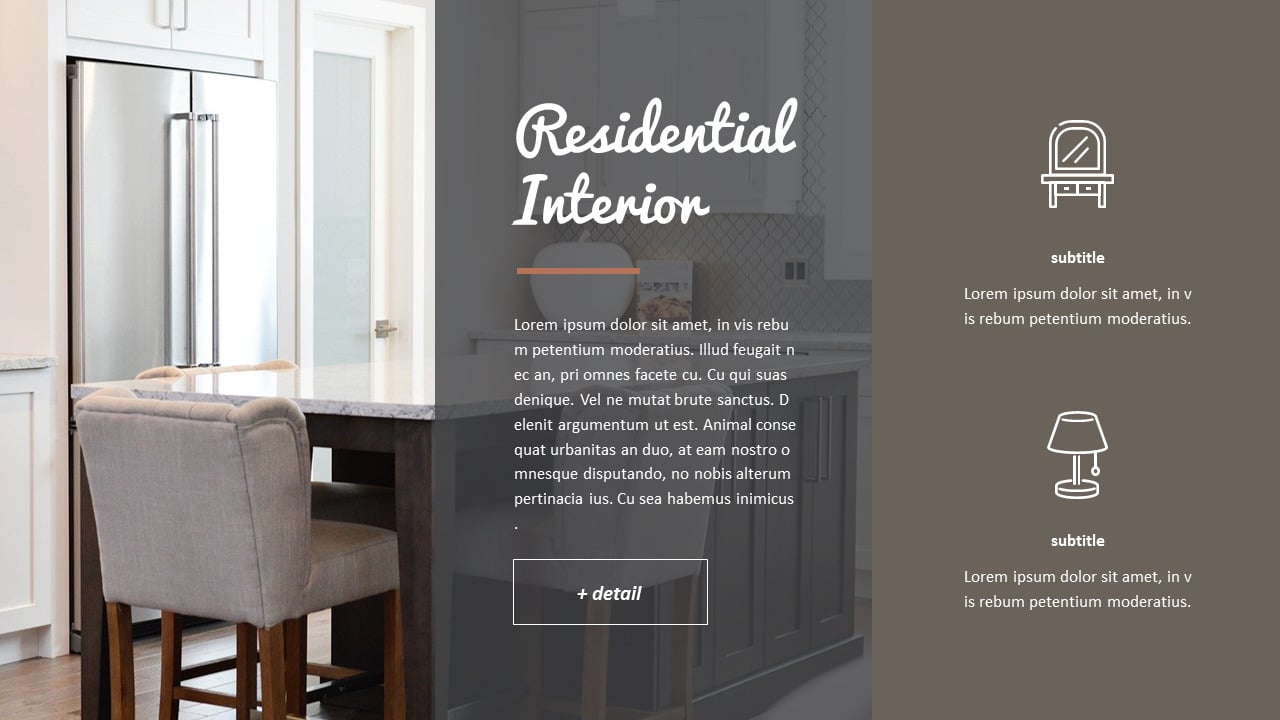How to Create an Interior Design Profile: A Step-by-Step Guide
Creating an engaging interior design profile is vital whether you’re an aspiring interior designer wanting to grow your portfolio or an established professional aiming to extend your customer base. Your profile is a visual representation of your abilities, style, and originality, giving potential clients an idea of what you can bring to their projects. We’ll lead you through the steps of developing an exceptional interior design profile that will create a lasting impression in this article.
1. Define Your Design Identity
It is critical to have a distinct design identity before you begin writing your profile. Determine what distinguishes your work from others and what styles or aesthetics you excel at. Are you a minimalist, a maximalist, or a specialist in a certain design era? Understanding your design identity will assist you in creating a unified portfolio that displays your distinct strengths.

2. Select Your Best Projects
When it comes to creating your interior design profile, quality over quantity is crucial. Rather than highlighting every project you’ve worked on, concentrate on the greatest and most diversified ones. Select projects that highlight various styles, spaces, and obstacles you’ve overcome. This will demonstrate your adaptability and ability to meet a variety of design briefs.
3. High-Quality Photography
The foundation of your interior design profile is photography. Invest in professional photography to showcase your projects in their finest light. Hire a talented photographer to capture the soul of your designs and highlight the intricacies that set your work apart. High-resolution photographs will enhance the visual attractiveness of your portfolio and illustrate your attention to detail.
4. Organize Your Portfolio
A well-organized portfolio is critical to providing a great user experience. Make a clear framework so that viewers can quickly move between projects. Consider categorizing your work according to style, room type, or project kind. Include a table of contents to assist people locate what they’re looking for quickly.
5. Craft Engaging Project Descriptions
Provide a captivating and informative description for each project. Describe the design concept, client needs, and how you dealt with project problems. Use descriptive language to communicate your design approach and the emotions you hoped to elicit in each location. Don’t forget to give credit to any colleagues, contractors, or artists who helped make the project a success.
6. Show Before and After
When you provide before and after photographs, the influence of your design work can be more recognized. These comparisons demonstrate your capacity to modify settings and will amaze potential clients with your problem-solving creativity. Make sure to explain the adjustments you made and why you made them.
7. Highlight Your Skills and Services
Along with your projects, provide a section that emphasizes your specialized abilities and services. This can range from 3D visualization to space planning to color consultations to sustainable design skills. Explain why you are a great asset to potential clients and how your expertise might improve their initiatives.
8. Incorporate Client Testimonials
Client testimonials are very important in developing confidence with potential clients. Include favorable comments from previous clients that attests to your professionalism, communication skills, and design knowledge. These endorsements will reassure potential clients and establish your expertise.
9. Make Your Contact Information Easily Accessible
Make sure your contact information is visible and easily accessible. Include your phone number, email address, and links to your website and social media sites. Make it easy for interested parties to contact you with questions or prospective cooperation. For diverse interior design websites see more.
10. Regularly Update Your Portfolio
An interior design profile is a living document that should evolve alongside your career. Update your portfolio on a regular basis with new projects and eliminate older ones that no longer represent your finest work. Keeping your portfolio up to date shows that you are constantly involved in the industry and dedicated to improving your craft.
Conclusion
Creating an interior design profile is a critical step in building your industry presence and recruiting potential clients. You may create a portfolio that displays your unique abilities and talents by defining your design identity, selecting your best projects, and exhibiting high-quality imagery. Organize your portfolio with care, and convey the story of your design experience with intriguing project descriptions and before-and-after comparisons. Include client testimonials and emphasize your expertise and services. You’ll be well on your way to a successful interior design profession if you follow these guidelines and keep your portfolio up to date. Best wishes! https://citibuildconstruction.com.au/builder-strathfield/






